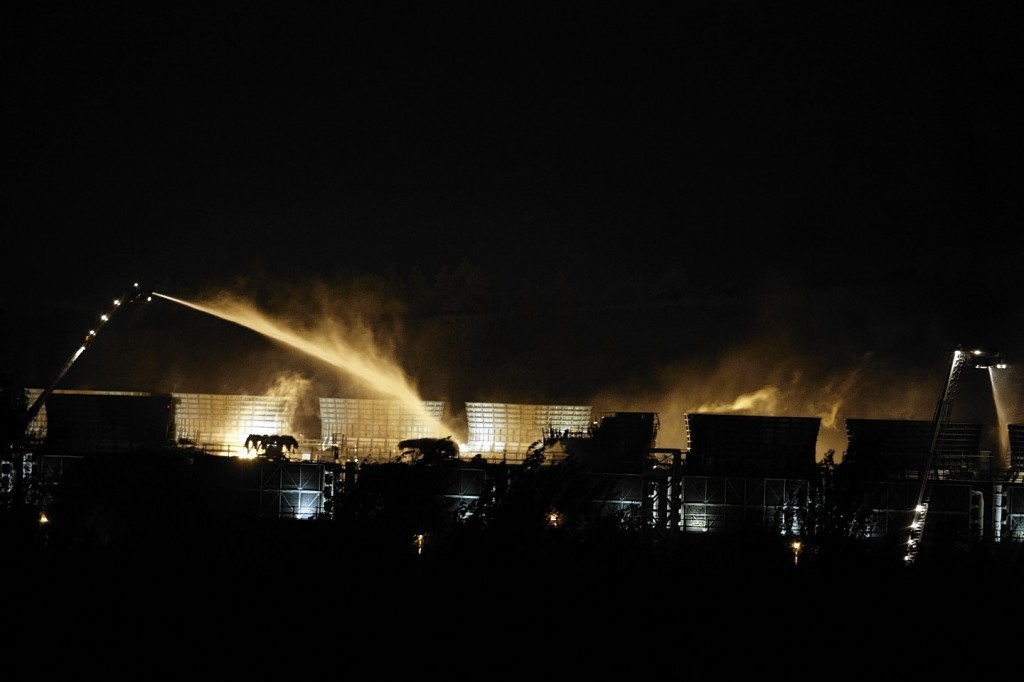
The fire at Didcot B Power Station on Sunday (19 October) has taken half the station’s 1360 MW capacity offline for the foreseeable future as damage is assessed and then repaired. But what does this mean for the market?
In the short term – very little. We saw the fire at Didcot have a muted impact on Monday’s market. With around 10GW of spare capacity available on the system and the expected boost to wind generation from the remnants of hurricane Gonzalo reaching the UK this week, Day-Ahead power prices opened £5MWh lower than Friday and continued to trade at around £41.00/MWh.
However, the long term impact could be more significant as we potentially enter into the winter with tighter supply and a more expensive generation mix left to balance the system.
The reduced capacity at Didcot combined with additional units taken offline earlier this year because of fires at both Ferrybridge and Ironbridge, means that an approximate total of 1.8GW is currently offline; potentially extending throughout the winter period. UK nuclear capacity is also currently operating at around 45% of its usual output (9GW) due to the unplanned maintenance of part of EDF’s fleet. These units are scheduled for return by the end of November, however these return dates are at substantial risk of revision.
The concern is that these factors combined could well contribute to a less than healthy generation capacity than normal for the winter period. In 2008 we entered winter with a similar loss of capacity which saw Day Ahead prices peak at over £100/MWh. However, before we draw too many comparisons, it is important to note that power prices began the winter season in 2008 notably higher and that unseasonably cold temperatures were also a major factor in prices; with demand pushed far higher than is usual for that time of year.
Such extreme volatility in prices is currently unlikely over the coming winter, as is any fear of power outages. However, if there is any further reduction to capacity on the system – and if the return of nuclear units are delayed – we could however see a far greater requirement for more expensive marginal sources of generation to balance the system. At times of peak demand – usually the cold winter days of January – National Grid is always able to call on peak plants such OCGT, oil and pumped storage at times of peak demand to bring extra capacity online to meet demand and keep the system balanced. However, such marginal fuels are more expensive, and any need to bring such generation into the mix more frequently could well add upward pressure to prices over the coming months.
The energy market is a delicately balanced system and any event to alter that delicate equilibrium could well create volatility. It remains to be seen whether the Didcot fire will contribute to the growing concerns over margin this winter and all eyes will be on National Grid when they release their winter outlook next week.
Dorian Lucas is an energy analyst at Inenco.
